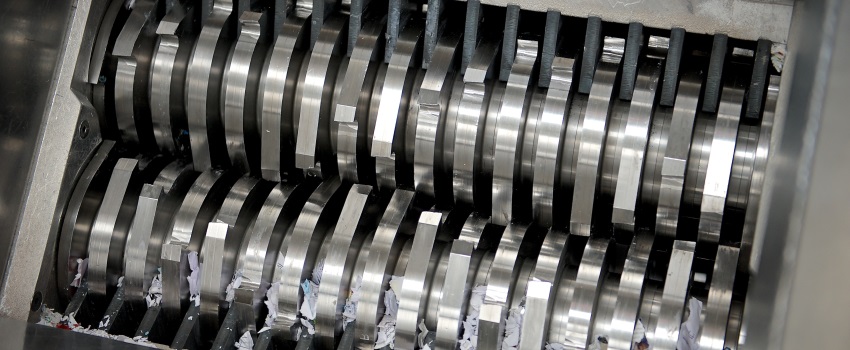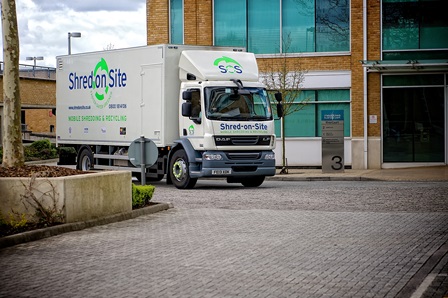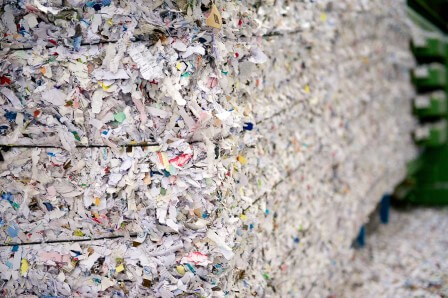Shredding Policy vs Selective Shredding: what's best?
Document shredding has become an important part of business security. It not only helps to protect enterprise-specific information but is crucial for compliance when it comes to the way that sensitive and confidential information is handled. For any business today that is serious about ensuring that it has robust procedures in place to avoid the fines and penalties that can result from a data breach - as well as the reputational damage - shredding is an important part of the process. However, there are alternative options available where document shredding is concerned and every organisation may require a different approach.
Approach 1: Selective Shredding
If your business has specific documents that you want to ensure are effectively destroyed and you’re confident in the ability of those within the business to avoid anything slipping through the net then selective shredding can be a great way to do this. Using a selective shredding approach means establishing internal policies and guidelines that identify which documents employees need to ensure end up in the shredding bin. This can be the most economical approach because there is a smaller volume of material that requires shredding. However, it’s also the one with the most risk attached as it relies on the people within the business understanding the importance of implementing the guidelines - this can mean there is more potential for error. If you’re going to opt for a selective shredding approach for your business then it’s essential to ensure that you have clear rules in place about which documents require shredding and that everyone in the business understands how to follow the guidelines.
Approach 2: A General Shredding Policy
If selective shredding doesn’t feel like the right approach for your business then a general shredding policy could be the way forward. Under a general shredding policy, any document generated within the enterprise is shredded once it is no longer in use. There are major advantages to this as it means that individual employees don’t have to make decisions about whether or not a document should make it to the shredding pile. As every document produced will be shredded; this is a straightforward way to streamline a business approach to data security and minimise the potential for any data loss. If you’re paying for a shredding service by the weight of the documents to be shredded then this can generate slightly higher costs. However, many organisations view these as an easier price to pay than the fines and penalties that can result from a data breach that means the business is found to have failed where compliance is concerned. Some of the other benefits of a general shredding policy include that it is much easier to implement - there is no need for guidelines or internal policies as every document ends up in the same way. Plus, it takes the pressure off staff where data breaches are concerned.
Whether your business opts for a general shredding policy or a selective shredding approach it’s vital to have a solid foundation of document destruction within your organisation to help ensure compliance and avoid a breach.
Shredding is a key tool when it comes to protecting your business and your clients from fraud. Contact our friendly team to find out more how Shred-on-Site can support with your shredding needs on 0800 181 4106 or alternatively you can obtain an online quote.







